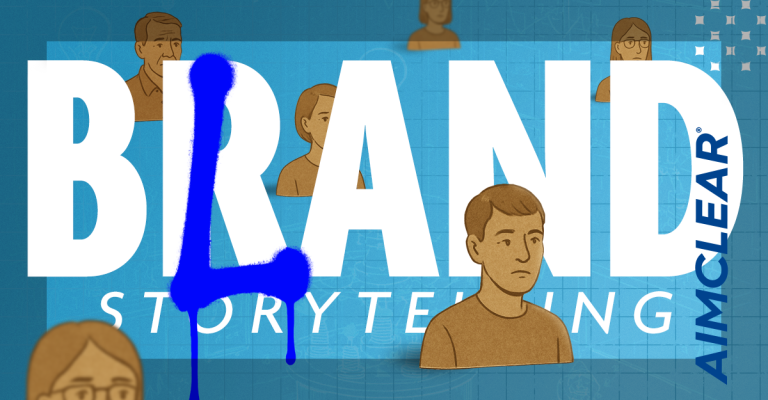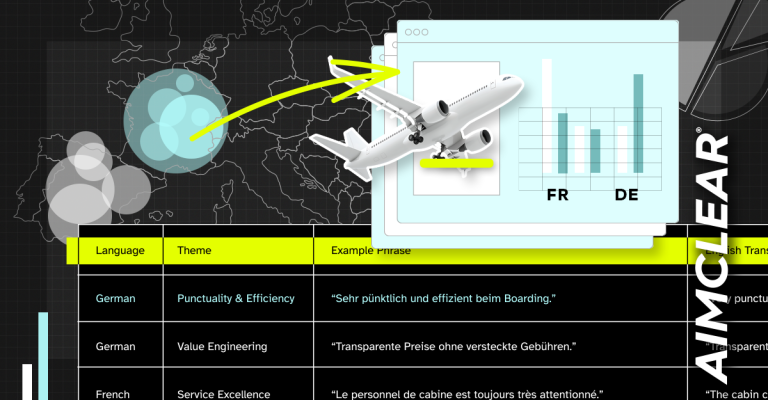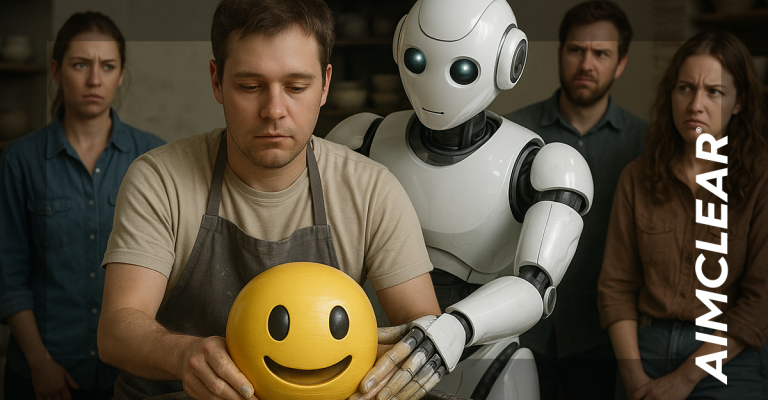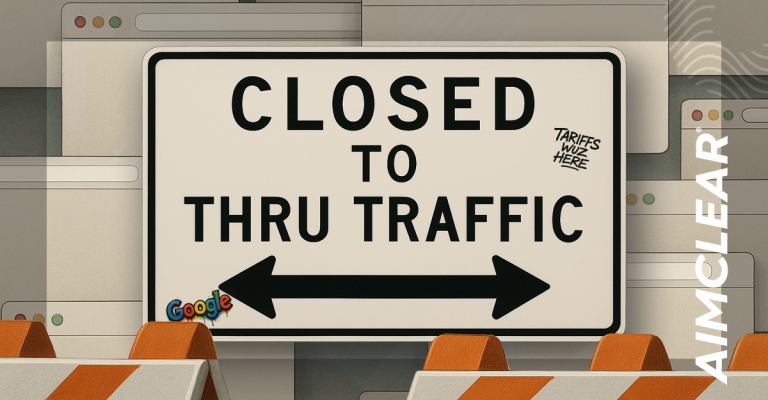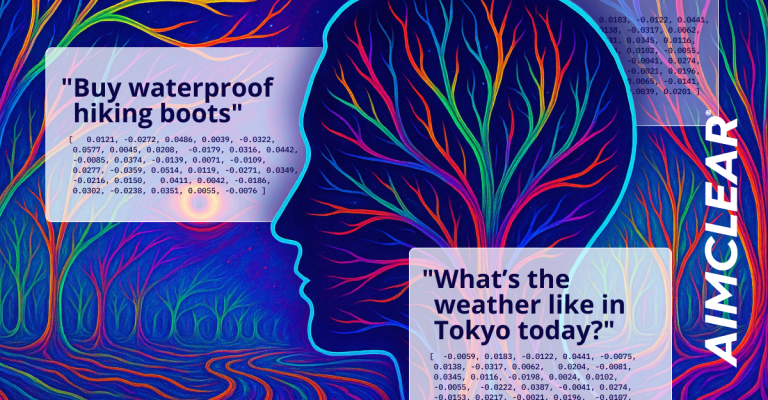It’s easy to get caught in the minutia as marketers. We’re caught behind our desk. Caught behind the deck we’re creating. Caught behind constant Slack pings, ad platform updates, “quick” requests from clients or team members, and a backlog of half-read trend reports. We tend to forget we’re human and that our work…marketing, strategy, digital everything, is powered by people. We forget that sometimes, we need each other more than the next best practice.
That’s why being at SMXAdvanced hit different this year.
Old friends. New connections. Hallway convos that turn into breakthroughs. Shared head nods in sessions when someone finally says the thing we’ve all been feeling but didn’t know how to say. Rather than drumming up the next great performance dashboard, sometimes we need more sparks. And SMXAdvanced offered a powerful spark.
A unique kind of magic can unfold when you remove our protective emotional and physical armor. When we stop pretending everything’s fine and admit we’re tired, we’re rebuilding, we’re in it. When we zoom out and breathe, we can remember why we got into this exceptional space.
The marketing industry loves speed. But speed without grounding can easily lead to burnout. We weren’t meant to do it all alone, particularly in this shifting digital world. And especially not now.
Sometimes what we need isn’t another insight or strategy; we just need inspiration. A reminder that we’re not behind. That the things we know and practice matter, and what we’re building is valuable. It’s particularly important to remember that who we are as humans brings more to the table than any metric ever could.
This year’s conference provided this essential reminder. We are still marketers first, and at its core, the art and science of marketing is about emotion, intention, and connection. Trust is earned, and platforms, analytics tools, or AI bots are here to empower the irreplaceable gut instinct and creative spark of people who care.
Marketing is a people business
Those who are great at marketing fundamentals, possess deep product expertise, and understand the person behind the screen will be the marketers who win. The brands that present authentic, creative content that is intentional (not necessarily fancy) will win. Brands that stand for something, help people along their journey, and evoke emotion will break through.
Integrated marketing requires critical thinking
Simply checking boxes in the ad system or doing what’s always been done is the opposite of integrated marketing. True integration incorporates channel mastery, exceptional tool proficiency, and an understanding of the human connection, with particular focus on how people make purchasing decisions.
We must first be human as we truly incorporate AI into marketing. Humanizing marketing is what made the “Mad Men” era so transformational. Unfortunately, it can be easy for marketers to lose the magical thread along the way. As budgets, spreadsheets, and automation ramped up, the emotional pulse of marketing got quieter for many in our profession.
Here’s the good news: The spark for great marketing isn’t gone. In fact, it gets more evident when we engage with each other in person. During SMX, an interesting question came up during my session: “How do you start to integrate siloed teams?” I answered by suggesting that people think of two questions:
- How can I help?
- Can you help me with something?
Two-way collaboration fosters true integration. This philosophy actually applies as much to life as it does to our work. We are better together.
After engaging with dozens of cherished peers and industry friends during SMX, I was reminded of why our profession can be so inspiring and fulfilling. Newcomers are often surprised when industry veterans willingly share expertise and lend a hand up. Shout out to Ginny Marvin, who encouraged me to start speaking (oh so many years ago). Yes, I will always support others who ask for help.
There’s no rule book – we’re crafting a bold and vibrant future together. We’re building the latest in this industry in real time. Michelle Morgan once shared with me how she figured out how to make tracking work by doing the instructions backwards. Seriously, can’t make this stuff up.
Always remember that whatever is working today might not work tomorrow. Stay scrappy. Jump in and help collaborate with your team and others.
And instead of assuming the worst when someone misses a deadline, pauses mid-project, or shows up off, remember to check in on the human. Try asking instead, “Is everything ok? Are you ok?”
A little humanity goes a long way. So yes, this post wasn’t a technical recap of SMX. It was the human one.


